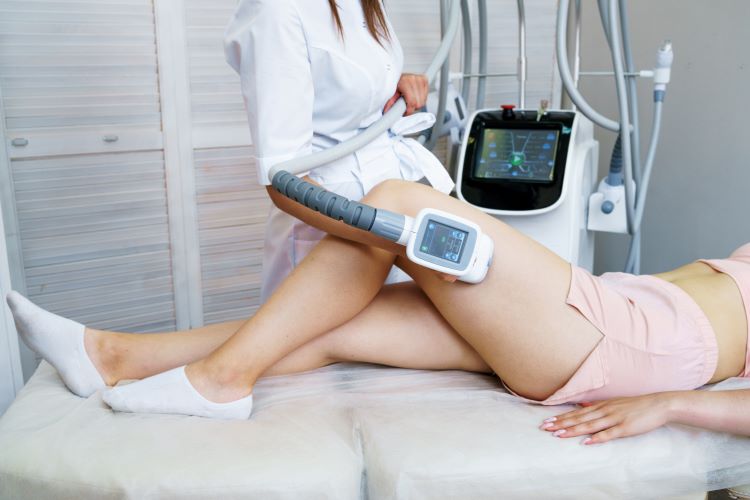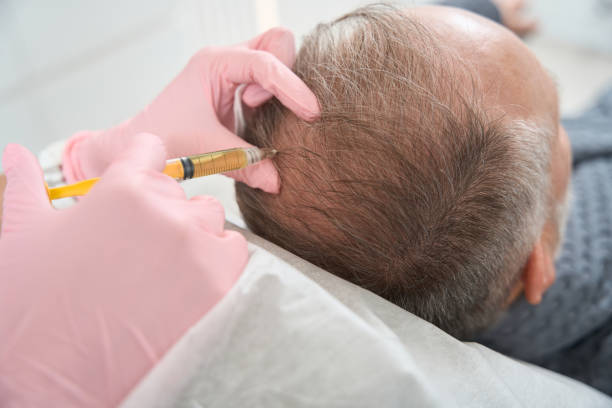Double Chin Reduction in 2025: Understanding Causes and Safe Treatment Approaches
n 2025, double chin reduction methods continue to evolve, offering safe and medically informed options for those interested in facial contour improvement. From lifestyle adjustments and posture correction to advanced cosmetic procedures, the strategies vary in approach and intensity.

A double chin, medically known as submental fat, represents one of the most prevalent cosmetic concerns affecting people across all demographics. This condition occurs when excess fat accumulates beneath the chin area, creating a fullness that can impact facial profile and self-confidence. Modern medicine offers various approaches to address this concern, ranging from lifestyle modifications to advanced medical procedures.
What Causes Double Chin Development?
Several interconnected factors contribute to double chin formation. Genetics plays a significant role, as hereditary factors influence fat distribution patterns and skin elasticity. Age-related changes also contribute substantially, as collagen production decreases over time, leading to reduced skin firmness and increased sagging. Weight fluctuations can cause fat accumulation in the submental area, while poor posture, particularly forward head positioning common in modern digital lifestyles, can weaken neck muscles and contribute to the appearance of excess chin tissue.
Hormonal changes, particularly during menopause or thyroid disorders, can affect fat distribution and skin elasticity. Additionally, certain medications and medical conditions may influence facial fat accumulation patterns.
Understanding Double Chin Surgery Options
Surgical interventions provide definitive solutions for double chin reduction. Liposuction remains the most common surgical approach, involving the removal of excess fat through small incisions using specialized cannulas. This procedure typically requires local anesthesia and offers permanent fat reduction results.
Neck lift surgery, or platysmaplasty, addresses both excess fat and loose skin by tightening underlying muscles and removing redundant tissue. This comprehensive approach suits individuals with significant skin laxity alongside fat accumulation. Submentoplasty, a less invasive surgical option, focuses specifically on the submental area through a small incision beneath the chin.
Recovery times vary depending on the chosen procedure, with liposuction requiring approximately one to two weeks for initial healing, while more extensive procedures may require longer recovery periods.
Non-Surgical Double Chin Removal Techniques
Non-invasive treatments have revolutionized double chin reduction, offering alternatives to surgical procedures. CoolSculpting, or cryolipolysis, uses controlled cooling to eliminate fat cells permanently. This FDA-approved treatment requires multiple sessions and shows gradual results over several months.
Kybella, an injectable treatment containing deoxycholic acid, breaks down fat cells through a series of treatments administered over several months. This FDA-approved option specifically targets submental fat and provides permanent results once the treatment series is completed.
Radiofrequency treatments like Thermage and Ultherapy use energy to stimulate collagen production and tighten skin, addressing both fat reduction and skin laxity. These treatments require minimal downtime and show gradual improvement over several months.
Lifestyle Changes for Double Chin Reduction
Lifestyle modifications can significantly impact double chin appearance and prevent further development. Maintaining a healthy weight through balanced nutrition and regular exercise helps reduce overall body fat, including submental accumulation. Specific facial exercises targeting neck and jaw muscles may help improve muscle tone and skin appearance.
Proper posture correction, particularly maintaining neutral head positioning, strengthens neck muscles and reduces the appearance of double chin. Staying adequately hydrated supports skin elasticity, while limiting sodium intake prevents facial bloating that can accentuate double chin appearance.
Skincare routines incorporating firming products with ingredients like retinol, peptides, and hyaluronic acid may help improve skin texture and firmness in the neck area.
Exploring Innovative Double Chin Treatments
Emerging technologies continue expanding treatment options for double chin reduction. High-intensity focused ultrasound (HIFU) treatments deliver precise energy to targeted tissue layers, promoting collagen remodeling and fat reduction without damaging surrounding tissues.
Plasma treatments use ionized gas to tighten skin and stimulate collagen production, offering a non-invasive alternative for mild to moderate double chin concerns. Thread lifts, using dissolvable sutures, provide temporary lifting and tightening effects while stimulating natural collagen production.
Combination therapies, utilizing multiple treatment modalities simultaneously, are gaining popularity for their enhanced effectiveness and comprehensive results.
| Treatment Type | Provider Examples | Cost Estimation | Recovery Time |
|---|---|---|---|
| Surgical Liposuction | Plastic Surgery Centers | $2,500-$5,000 | 1-2 weeks |
| CoolSculpting | Medical Spas, Dermatology Clinics | $1,200-$3,000 | Minimal |
| Kybella Injections | Dermatologists, Cosmetic Clinics | $1,200-$2,400 | 3-7 days |
| Radiofrequency Treatments | Aesthetic Centers | $800-$2,500 | None |
| Thread Lifts | Cosmetic Surgery Centers | $1,500-$3,500 | 1-3 days |
Prices, rates, or cost estimates mentioned in this article are based on the latest available information but may change over time. Independent research is advised before making financial decisions.
Choosing the appropriate double chin treatment depends on individual factors including severity of the condition, desired results, budget considerations, and tolerance for downtime. Consulting with qualified medical professionals ensures safe and effective treatment selection tailored to specific needs and expectations. Understanding available options empowers individuals to make informed decisions about addressing this common cosmetic concern through evidence-based approaches.



